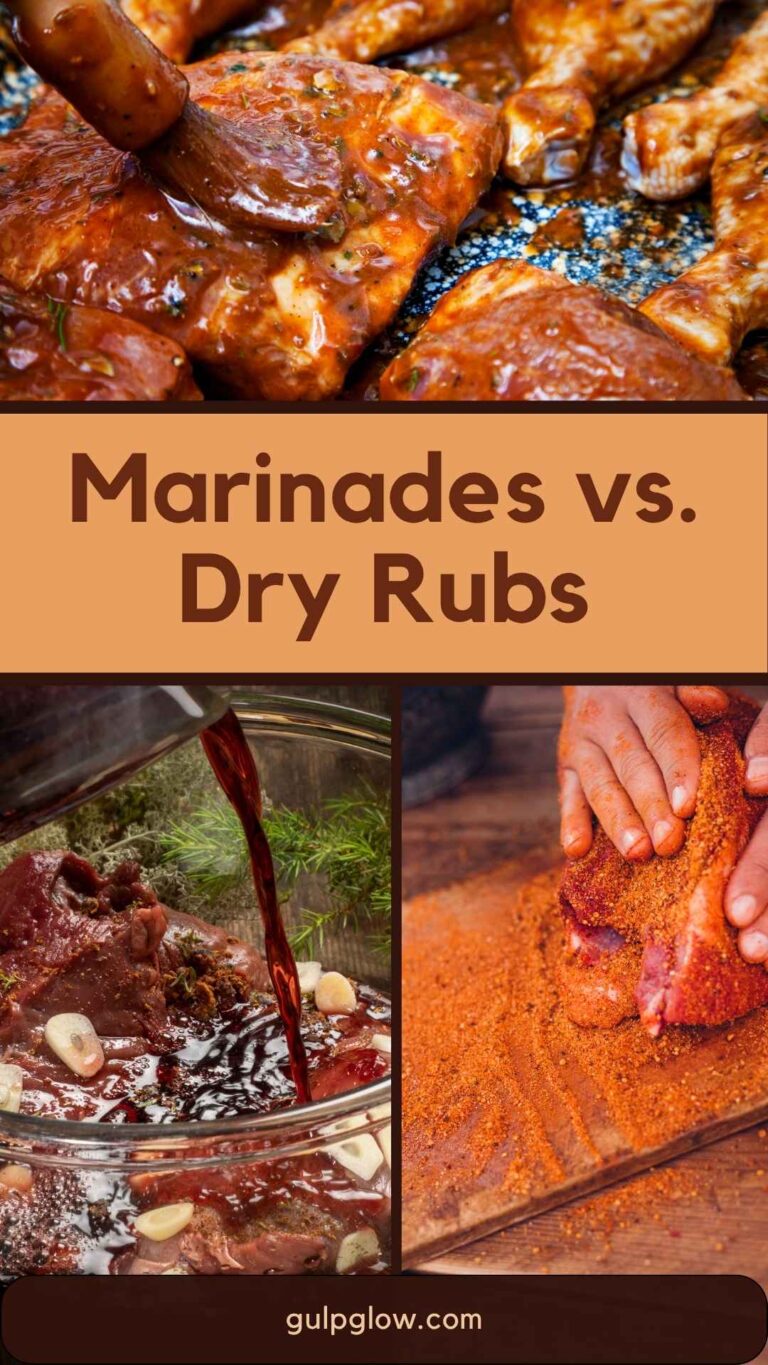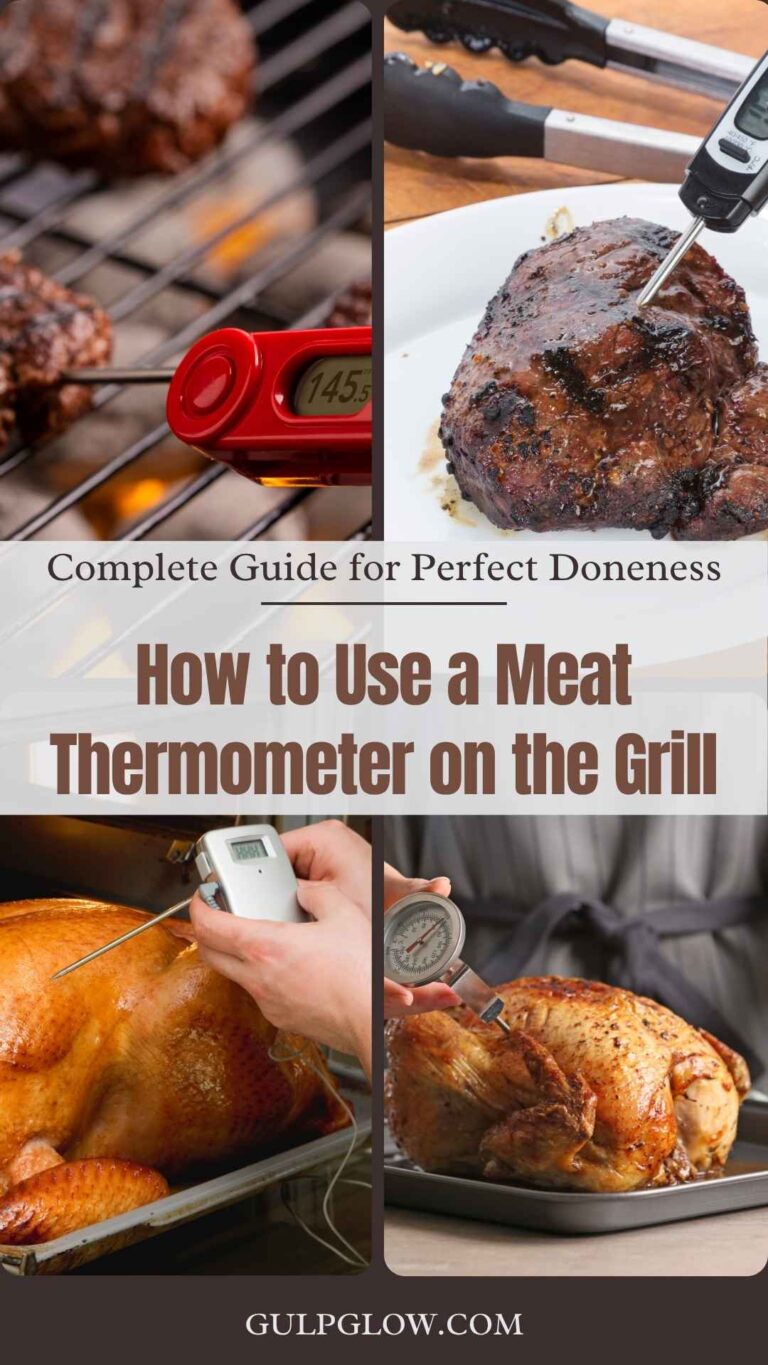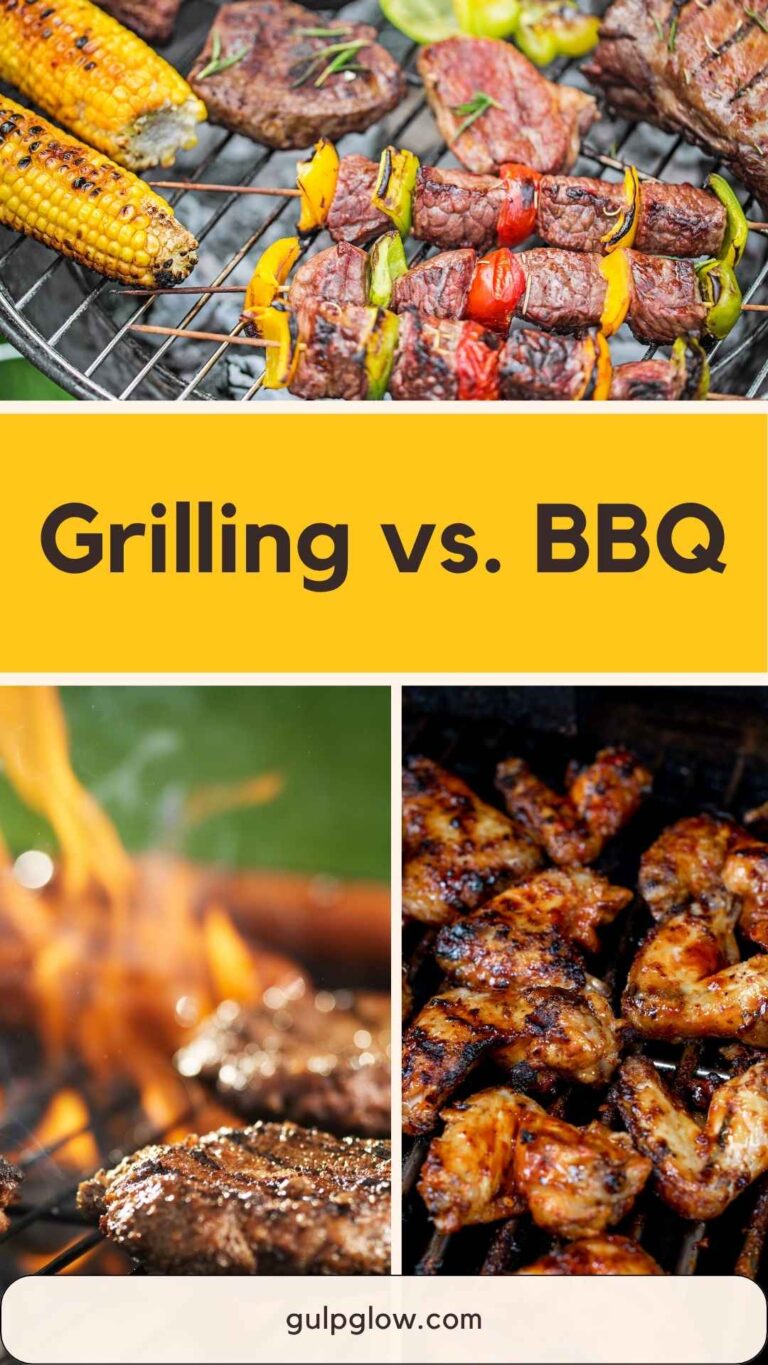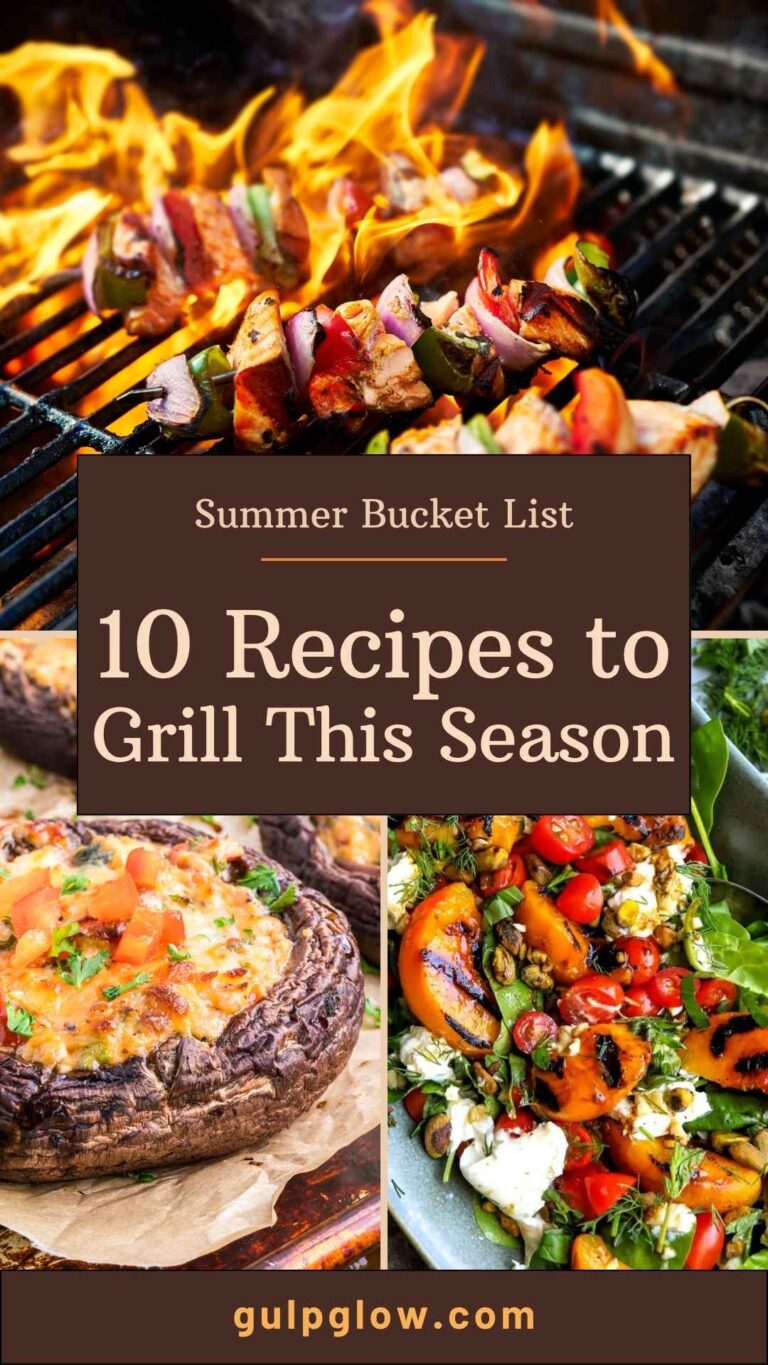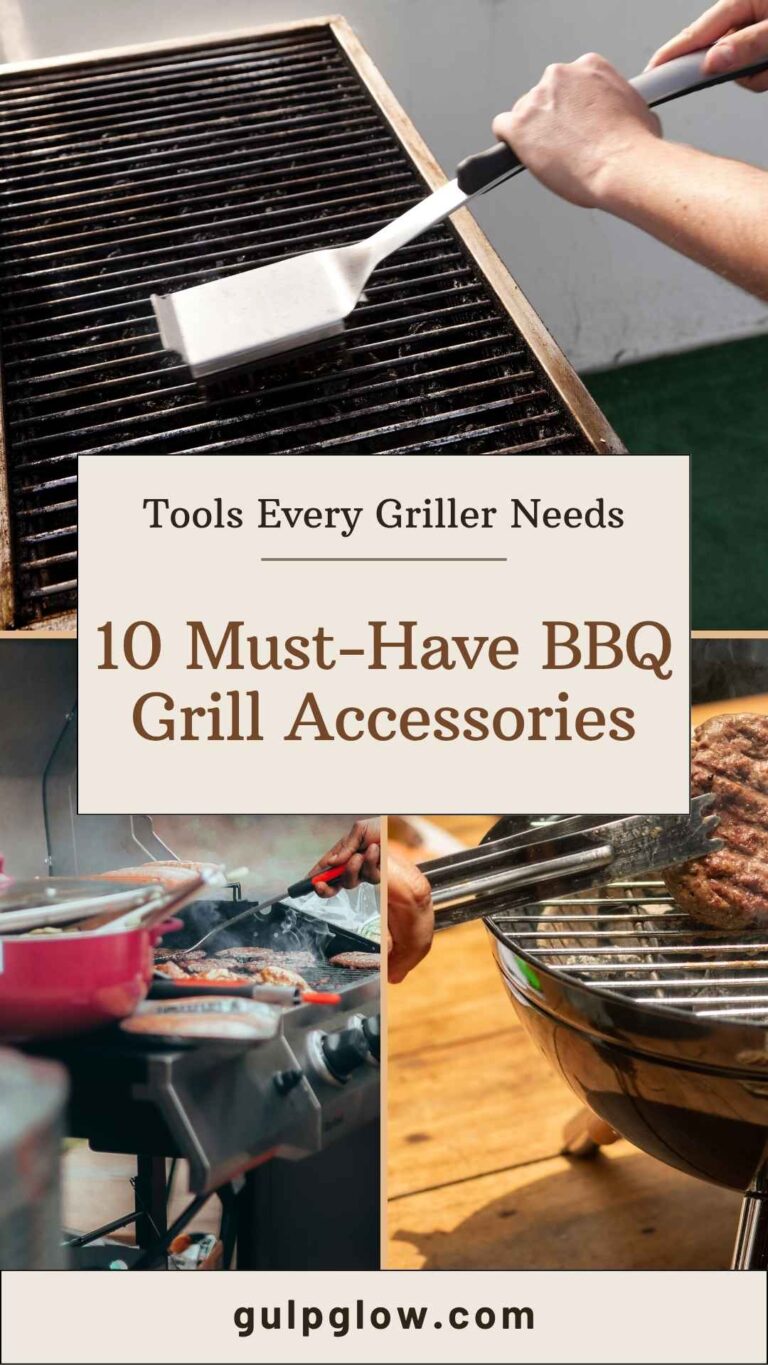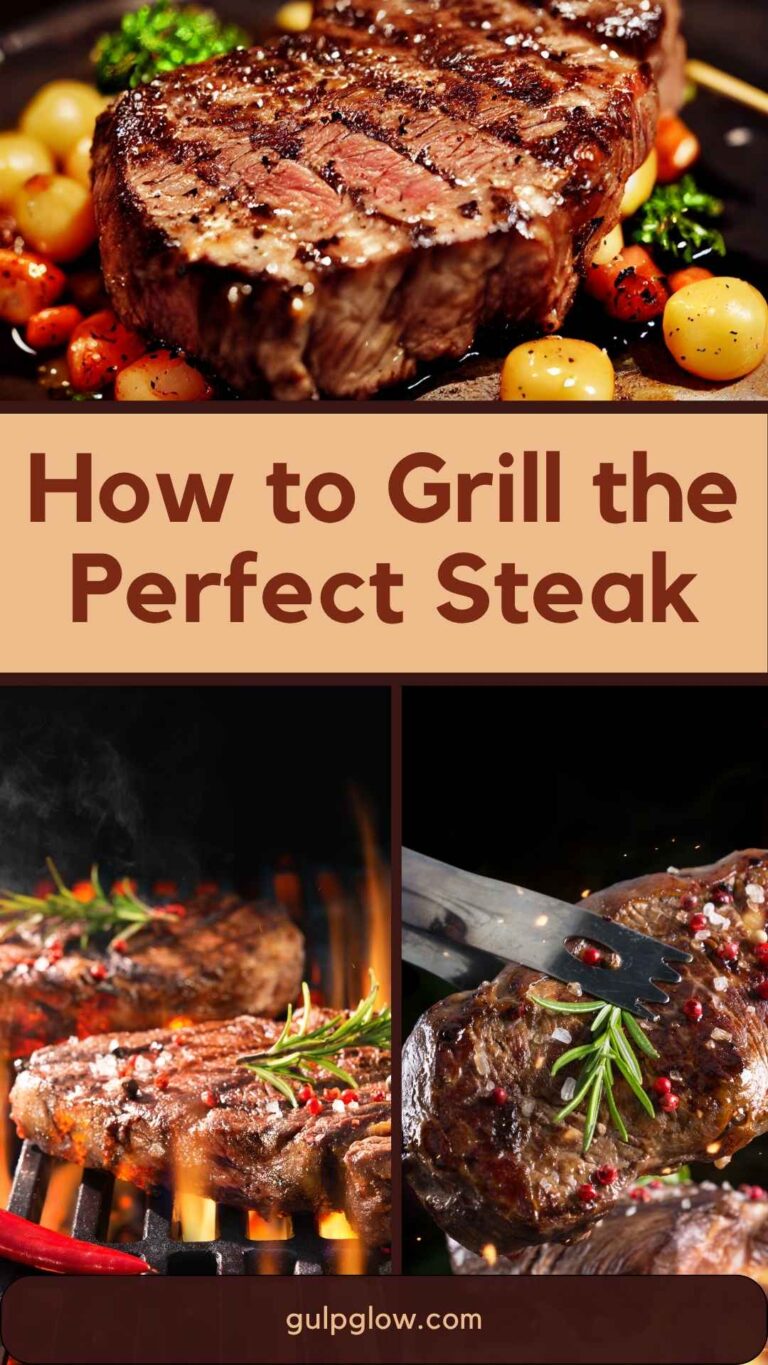Types of Grills Explained: Gas, Charcoal, Electric & Pellet
Choosing the right grill isn’t just a matter of taste—it’s a decision that shapes your entire outdoor cooking experience. From weeknight dinners to weekend smoke sessions, the type of grill you use affects not only the flavor of your food but also the time, effort, and techniques involved.
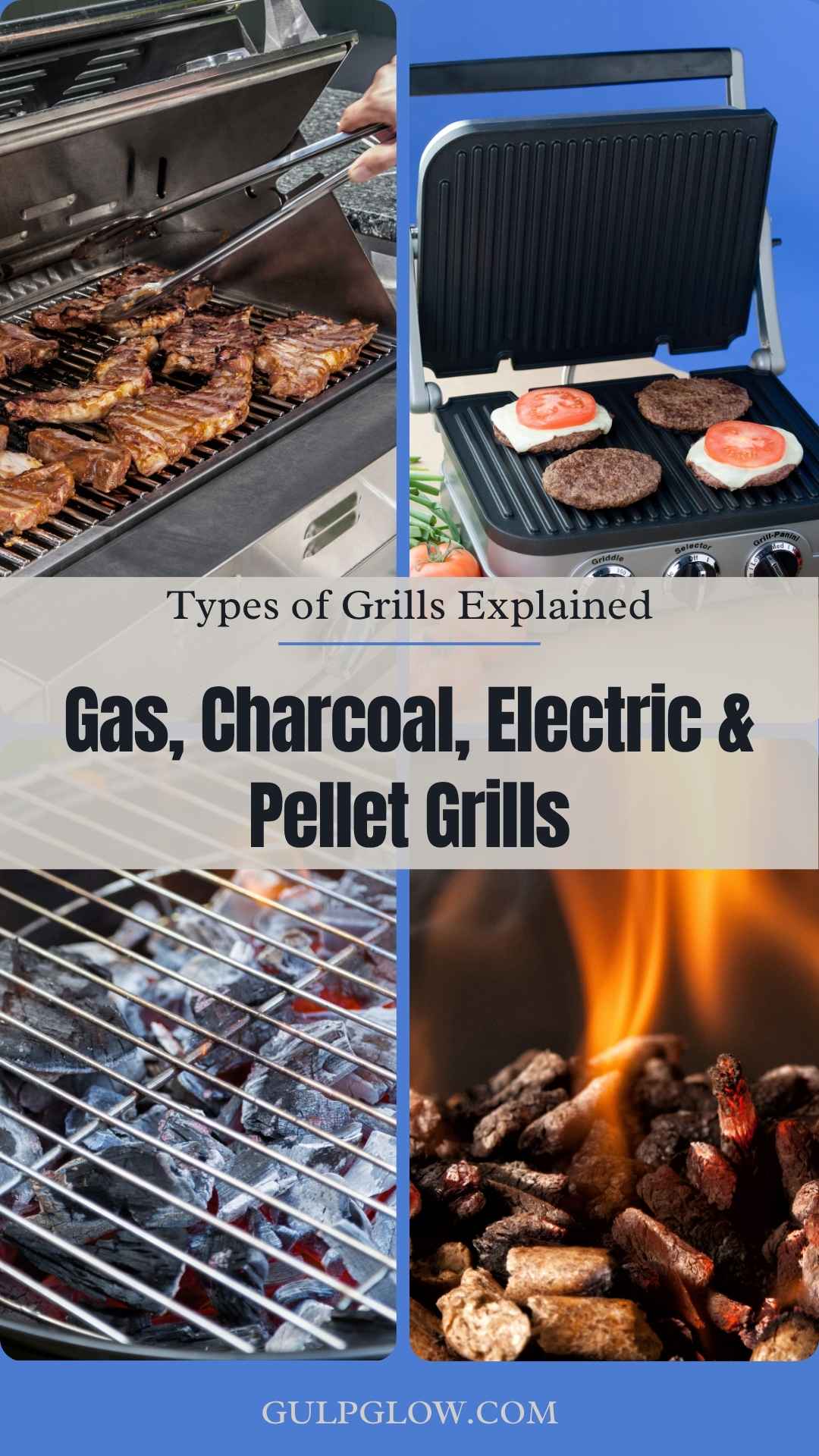
With so many options on the market—gas, charcoal, electric, pellet, and even hybrids—it’s easy to feel overwhelmed. Each grill type has its strengths, limitations, and ideal use cases. Some offer bold smoky flavor, others prioritize speed and convenience, and a few aim to do it all with high-tech precision.
In this guide, we’ll break down the four most popular types of grills, compare their pros and cons, and help you choose the one that best matches your space, lifestyle, cooking style, and flavor preferences. Whether you’re a first-time buyer or looking to upgrade your setup, this is your roadmap to finding the perfect grill.
Gas Grills
Gas grills are one of the most popular choices for home cooks—and for good reason. They combine convenience, speed, and control, making them a go-to for everyday grilling.
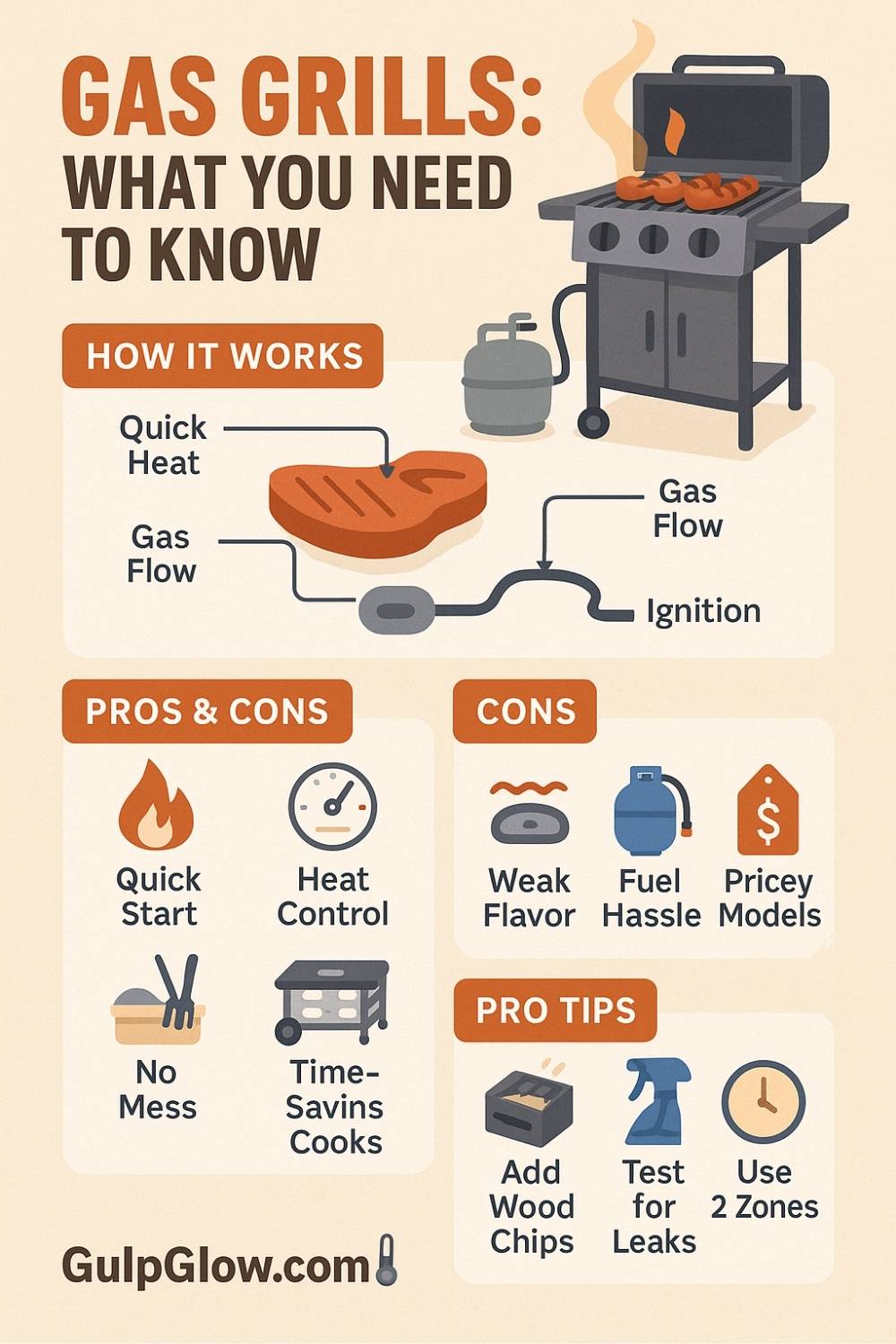
How Gas Grills Work
Gas grills run on either propane tanks or natural gas lines. Burners located under the grates heat up quickly and distribute heat evenly. Many models include built-in ignition switches, temperature knobs, and even side burners or rotisserie attachments.
Pros of Gas Grills
- Quick Startup: Ignite the burners and you’re ready to cook in under 10 minutes.
- Precise Heat Control: Adjust dials to maintain steady temperatures for different cooking zones.
- Clean Operation: No ash or coal mess to deal with.
- Built-In Features: Many units include storage, thermometers, warming racks, and side burners.
Cons of Gas Grills
- Weaker Smoke Flavor: Lacks the deep, charred taste of charcoal or wood.
- Fuel Dependency: Propane tanks must be refilled; gas lines need installation.
- Higher Upfront Cost: Especially for multi-burner or stainless-steel models.
Best For
- Weeknight grilling
- Larger family meals
- Cooks who want control and speed
Pro Tips
- Add wood chips in a smoker box for enhanced flavor.
- Check for gas leaks regularly—especially after long storage periods.
- Use multiple burners to create two-zone cooking areas for versatility.
Charcoal Grills
If flavor is your top priority, charcoal grills are hard to beat. They deliver rich, smoky taste and high-heat performance that appeals to traditionalists and BBQ purists alike.
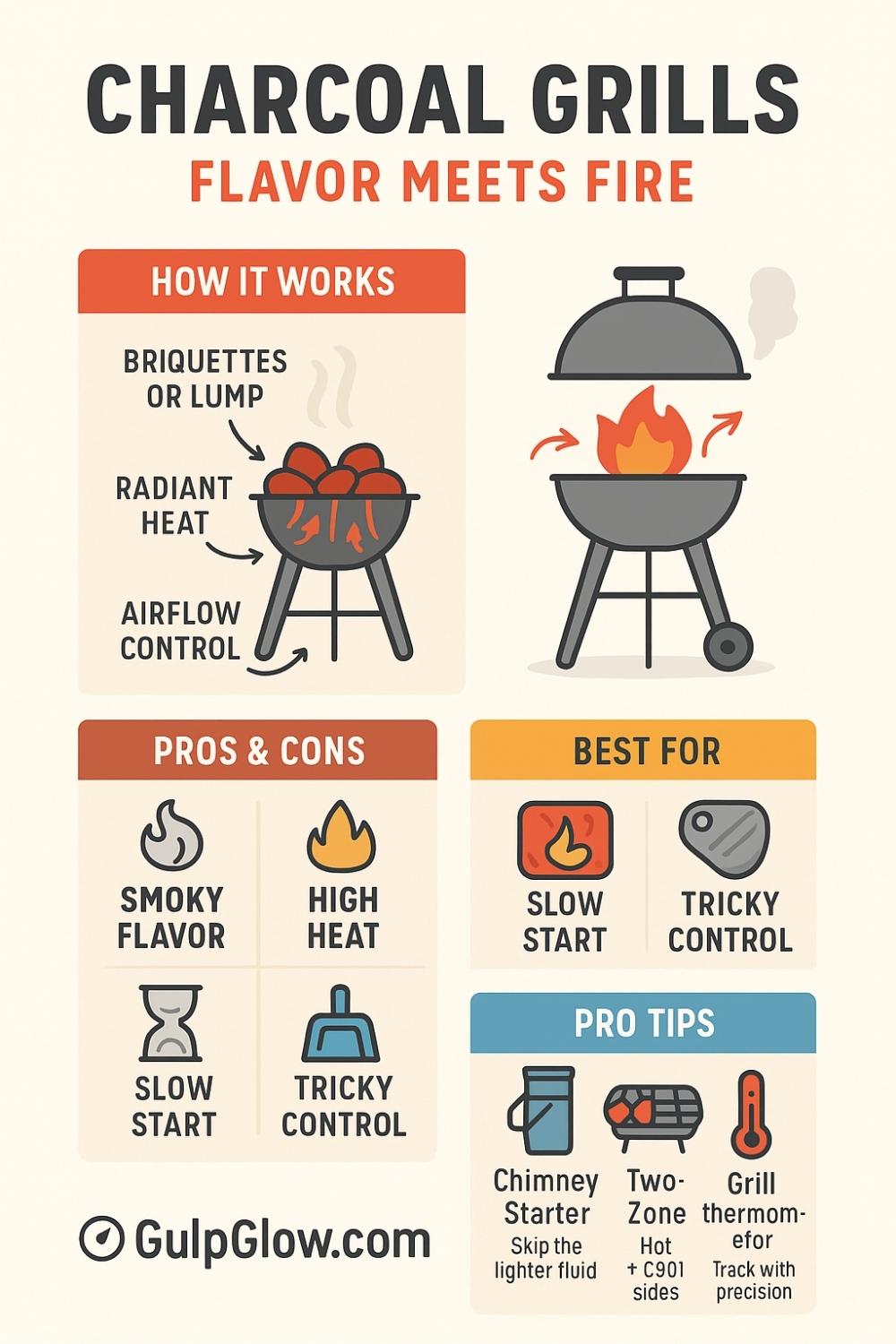
How Charcoal Grills Work
Charcoal grills use either briquettes or lump charcoal as fuel. Once ignited, the coals radiate heat upward to the cooking grate. Heat intensity is adjusted by managing airflow through bottom and top vents, and arranging the coals in various formations.
Pros of Charcoal Grills
- Unmatched Flavor: Smoky, bold, and perfect for searing.
- High Heat Potential: Great for steaks, burgers, and crisp-skinned chicken.
- Low Equipment Cost: Basic kettle models are very affordable.
Cons of Charcoal Grills
- Longer Setup Time: Lighting and preheating can take 20–30 minutes.
- Messy Cleanup: Ashes must be disposed of after each use.
- Less Precise Temperature Control: Requires practice to manage air flow and coal arrangement.
Best For
- Weekend grilling and slow BBQ
- Steak and sear lovers
- Outdoor enthusiasts with time to spare
Pro Tips
- Use a chimney starter for faster lighting without lighter fluid.
- Create a two-zone fire by stacking coals on one side—one hot zone, one cooler.
- Keep a grill thermometer handy to track internal heat levels.
Electric Grills
Electric grills are the most accessible option for those with space or flame restrictions. They’re compact, easy to use, and perfect for urban dwellers or indoor cooks.
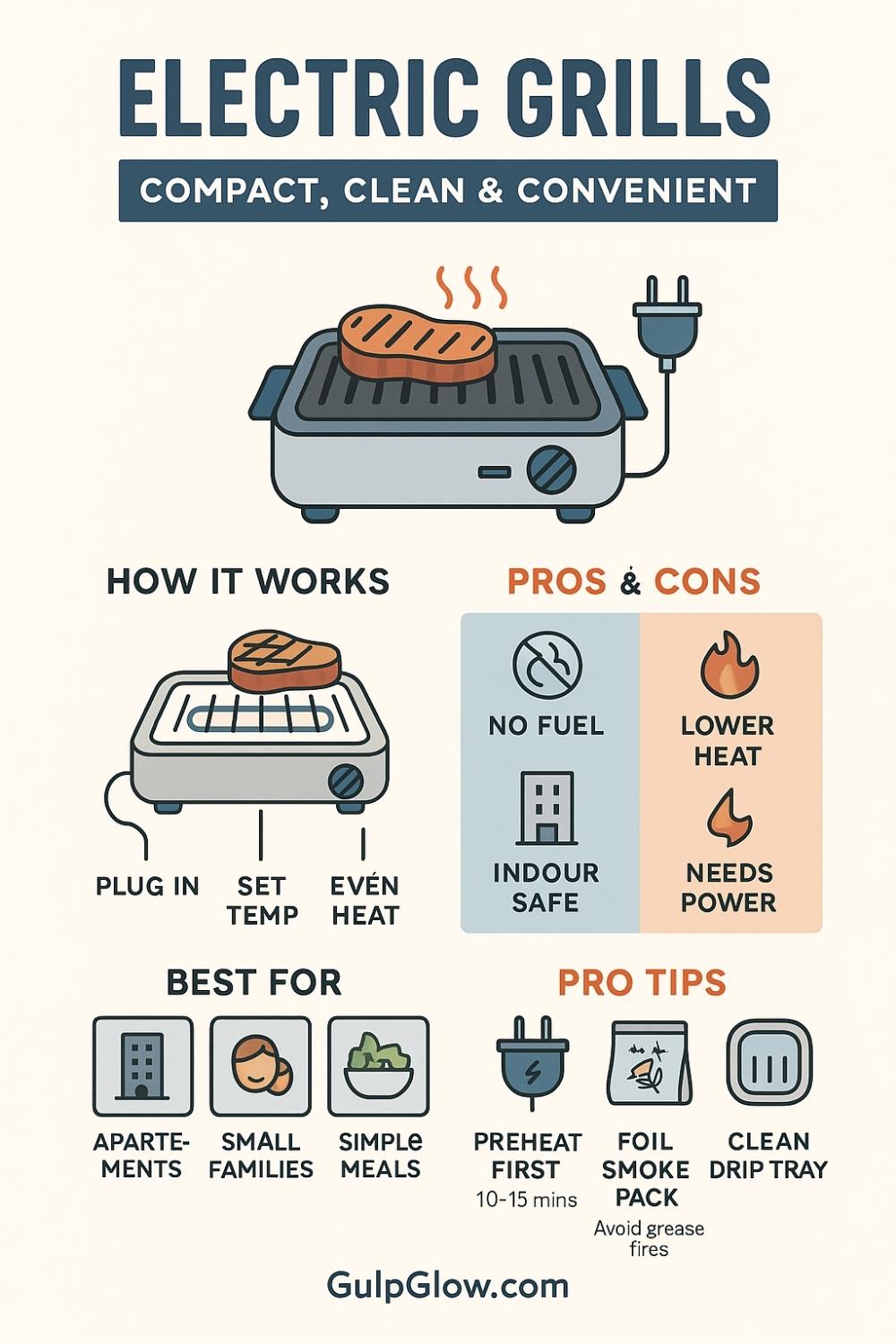
How Electric Grills Work
Electric grills use a heating element—similar to a stovetop burner—to cook food on a nonstick or cast iron grate. Simply plug them in, set your desired temperature, and start grilling.
Pros of Electric Grills
- No Flame, No Fuel: No propane, charcoal, or open fire required.
- Indoor & Apartment Friendly: Safe for balconies and indoor use (if smoke-free).
- Super Easy to Use: Just plug in and preheat—ideal for beginners.
Cons of Electric Grills
- Limited Flavor: Without charcoal or wood, smoke flavor is minimal.
- Lower Max Heat: Not great for searing or high-heat cooking.
- Requires Electricity: Not suitable for off-grid or outdoor adventures.
Best For
- Apartment living and indoor grilling
- Small households
- Simple grilling tasks like burgers, veggies, or fish
Pro Tips
- Preheat fully for 10–15 minutes before adding food.
- Add smoke flavor with wood chips in foil pouches (outdoors only).
- Clean drip trays regularly to avoid grease buildup.
Pellet Grills
Pellet grills combine the convenience of gas with the flavor benefits of wood smoking, making them a favorite among serious backyard chefs. They are especially popular for slow-cooked meats like ribs, brisket, and pork shoulder.

How Pellet Grills Work
Pellet grills are powered by electricity and compressed hardwood pellets. A motorized auger feeds pellets from a hopper into a firepot, where they’re ignited and regulated by a thermostat-controlled fan system. This creates a steady, even heat along with clean wood smoke.
Pros of Pellet Grills
- Outstanding Smoke Flavor: Adds deep, complex notes using various wood types.
- Precision Cooking: Digital controls allow for set-and-forget cooking at exact temps.
- Multi-Functionality: Smoke, grill, roast, bake, or braise—all in one device.
Cons of Pellet Grills
- More Expensive: High-tech features come with a higher price tag.
- Requires Electricity: Not portable for camping unless you have a generator.
- Pellet Supply Needed: Must stock wood pellets, often brand-specific.
Best For
- Smoking meats and low-and-slow cooking
- Grilling enthusiasts who want convenience with flavor
- Anyone interested in versatile, programmable grilling
Pro Tips
- Use 100% hardwood food-grade pellets for clean burning and best flavor.
- Clean the firepot and grease tray after every few uses.
- Experiment with different wood flavors (e.g., hickory, apple, cherry) to suit different meats.
Hybrid & Combo Grills
Can’t decide between gas and charcoal—or love to switch things up? Hybrid grills offer the best of both worlds, letting you combine different fuel types in one setup.
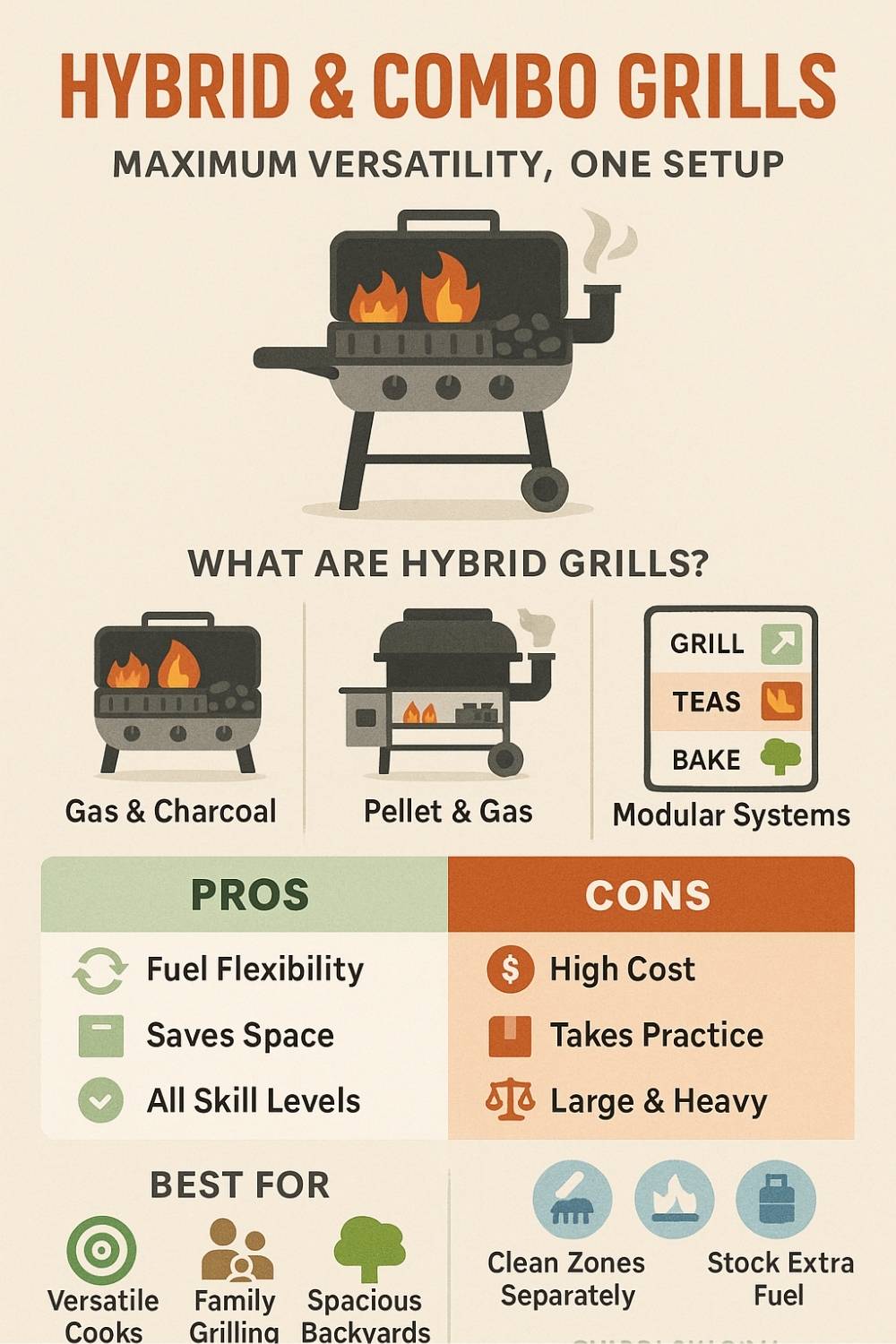
What Are Hybrid Grills?
Hybrid grills feature dual or multiple fuel systems, such as:
- Gas and Charcoal Combo: Separate chambers or switchable grates.
- Pellet and Gas Combos: Use gas burners for speed and pellet trays for smoke.
- Modular Systems: Allow you to grill, smoke, sear, and even bake using swappable inserts.
Pros of Hybrid Grills
- Ultimate Flexibility: Use gas for fast meals and charcoal/pellets for smoky sessions.
- Space-Saving: Combines multiple units into one grill body.
- Appeals to All Skill Levels: One tool fits beginner and expert preferences.
Cons of Hybrid Grills
- Higher Price Point: More complexity means more cost.
- Learning Curve: Requires familiarity with multiple fuel types and techniques.
- Heavier and Larger: Takes up more patio space and may need a permanent setup.
Best For
- Grillers who want variety and versatility
- Households with multiple cooks and preferences
- Backyard setups with room to accommodate size
Pro Tips
- Clean each fuel zone separately to avoid residue buildup.
- Choose a model with independent burners or fireboxes for better control.
- Keep extra fuel types on hand for impromptu cookouts.
Flavor & Heat Performance Comparison
Each grill type performs differently in terms of flavor, heat consistency, and cooking versatility. Here’s a side-by-side breakdown to help you choose the one that best fits your taste and cooking style.
| Grill Type | Smoke Flavor | Heat Control | Searing Ability | Cooking Versatility |
|---|---|---|---|---|
| Gas | Moderate | Excellent | Good | Medium |
| Charcoal | High | Moderate (manual) | Excellent | Medium |
| Electric | Low | High | Low | Low–Medium |
| Pellet | High | Excellent (digital) | Moderate | Very High |
| Hybrid | Variable | Variable | Excellent | Very High |
Key Insights:
- Charcoal and pellet grills offer the richest flavor profiles.
- Gas excels in temperature control and convenience.
- Electric is the easiest to use, but flavor is its biggest compromise.
- Hybrid models are ideal if you refuse to compromise on versatility.
Portability & Space Considerations
When selecting a grill, size and mobility can be just as important as performance—especially if you live in a small space, entertain on the go, or store your grill seasonally.
Best Grills for Small Spaces
If you’re working with limited patio space, balconies, or live in an apartment complex:
- Electric Grills: Best choice for indoor/outdoor flexibility; compact and safe for balconies.
- Tabletop Gas Grills: Lightweight and easy to set up, perfect for balcony grilling or two-person meals.
- Compact Charcoal Grills: Portable kettle grills offer flavor without the bulk.
Tailgating & Camping Options
For travel-friendly grilling:
- Portable Gas Grills: Run on 1-lb propane cylinders; heat quickly and pack neatly.
- Charcoal Hibachis: Great for smoky flavor at parks or campsites.
- Portable Pellet Grills: Some models are designed for RV use or powered by battery packs.
Things to Consider
- Foldable legs or rolling carts for storage
- Built-in handles or locking lids
- Size-to-cooking-surface ratio: make sure your grill fits your meals
Choosing a grill that matches your space ensures you’ll actually use it—and enjoy doing so.
Environmental & Fuel Cost Factors
Beyond performance and size, your grill choice also has implications for cost-efficiency and environmental impact. Here’s how each fuel type stacks up.
Fuel Cost Comparison
| Grill Type | Fuel Type | Average Cost (per use) | Notes |
|---|---|---|---|
| Gas | Propane/Natural Gas | $1.00–$2.00 | Economical over time |
| Charcoal | Briquettes/Lump | $2.00–$4.00 | More expensive per session |
| Electric | Electricity | $0.50–$1.00 | Most efficient, low maintenance |
| Pellet | Hardwood Pellets | $1.50–$3.00 | Depends on pellet brand/type |
Environmental Considerations
- Charcoal: Produces more smoke and carbon output; not ideal for air-quality sensitive zones.
- Gas: Cleaner burn than charcoal, but still fossil-fuel based.
- Electric: Cleanest if your grid uses renewable energy.
- Pellets: Renewable wood source, but electricity is required.
For eco-conscious cooks, electric or pellet grills (with sustainable pellets) may be the better long-term option.
Choosing the Right Grill (Decision Flow)
With all the options on the table, how do you pick the grill that suits your lifestyle? Use this checklist to match your needs with the perfect model:
Ask Yourself:
- Do you value speed and convenience?
→ Choose Gas or Electric. - Are you after bold, smoky flavor?
→ Go with Charcoal or Pellet. - Need something for a small space or apartment?
→ Electric or Portable Gas is ideal. - Want to smoke, roast, and grill in one?
→ Invest in a Pellet or Hybrid grill. - On a tight budget?
→ Start with a simple Charcoal grill. - Do you cook for crowds or large families?
→ Consider a Gas or Pellet grill with a large cooking surface.
Sample Scenario-Based Picks
| User Type | Best Grill Type |
|---|---|
| Urban Apartment Dweller | Electric |
| Casual Weeknight Cook | Gas |
| Backyard BBQ Enthusiast | Pellet or Charcoal |
| Tailgater/Camper | Portable Gas or Charcoal |
| Tech-Savvy Cook | Pellet or Hybrid |
This decision flow helps simplify what can feel like a complex choice—ensuring your grill works for you, not the other way around.
Maintenance & Safety Tips
No matter which grill you choose, proper maintenance and safe operation are essential. Keeping your grill clean, functional, and hazard-free extends its life and ensures every meal is delicious and safe to eat.
Gas Grills
- Check for Leaks: Regularly inspect gas lines and connectors using soapy water—bubbles indicate a leak.
- Clean Burners: Remove grates and wipe down burner tubes to prevent clogging and uneven flames.
- Empty Drip Trays: Prevent flare-ups and fire risks by clearing built-up grease.
Charcoal Grills
- Dispose Ash Safely: Let ashes cool fully before removing; dispose in a metal container.
- Clean Grates Often: Use a grill brush to remove charred debris after each use.
- Store Dry: Keep your grill and charcoal dry to prevent rust and mold.
Electric Grills
- Avoid Water Exposure: Never submerge the heating element; unplug before cleaning.
- Wipe Heating Surface: Clean with a damp cloth and mild detergent—avoid abrasives.
- Check Cords: Ensure the power cord and plug are free of cracks or fraying.
Pellet Grills
- Empty the Hopper: Don’t leave pellets inside if the grill will sit unused—moisture can ruin them.
- Clean the Firepot: After every few uses, vacuum out ash to keep airflow strong.
- Inspect Auger & Fan: Annually check moving parts for buildup or blockages.
Following these routines reduces risk, enhances flavor, and ensures your grill is always ready for action.
Conclusion
Choosing the right grill isn’t just about the gear—it’s about aligning your cooking style, flavor goals, space, and lifestyle with the right tools. Whether you prioritize speed and ease, crave authentic smoke flavor, or want to explore the best of both worlds, there’s a grill designed just for you.
- Gas grills offer speed and control for daily cooks.
- Charcoal grills deliver traditional flavor for weekend warriors.
- Electric grills make indoor grilling a breeze.
- Pellet grills bring tech-savvy versatility and unbeatable smoke.
- Hybrid grills give you the best of multiple worlds in one setup.
There’s no “one-size-fits-all” solution—only the grill that fits you best. With this guide, you’re now equipped to make that choice with clarity and confidence. So go ahead—fire it up, and let the flavor follow.

